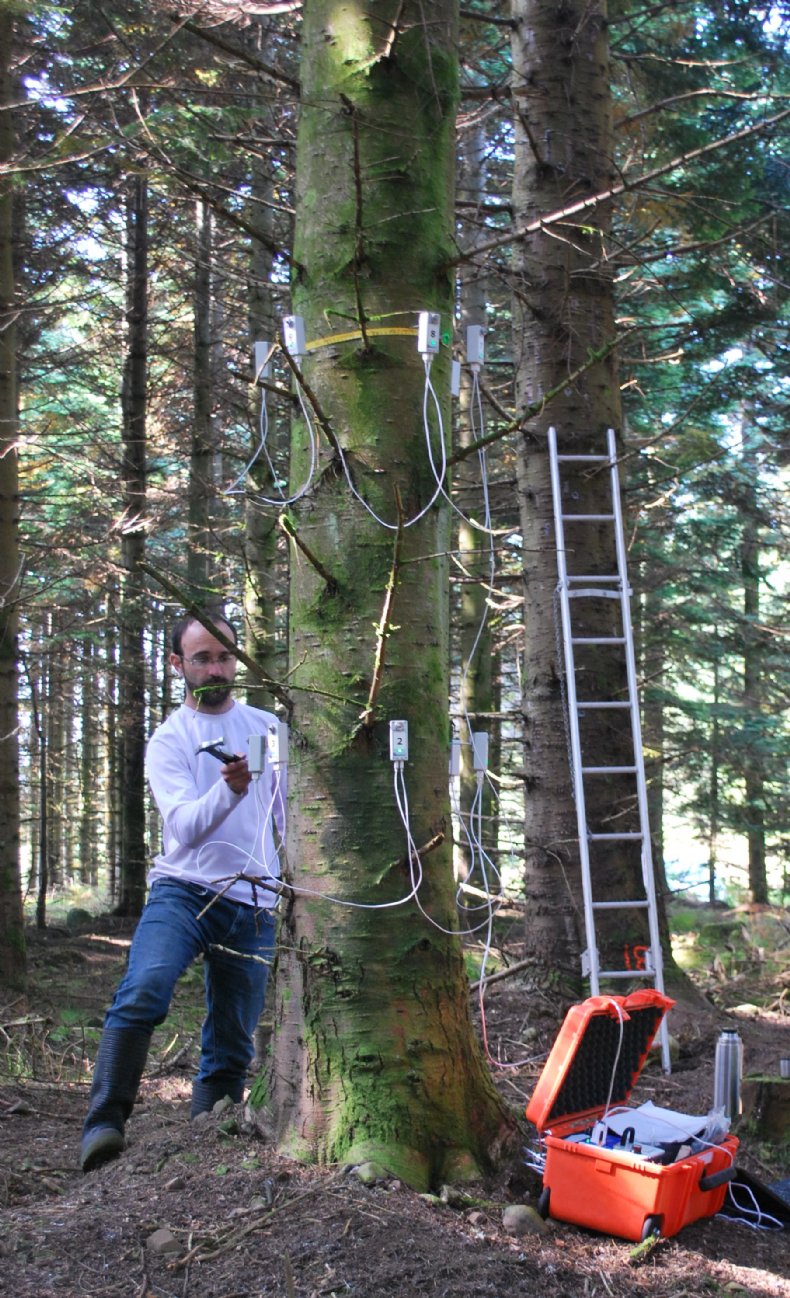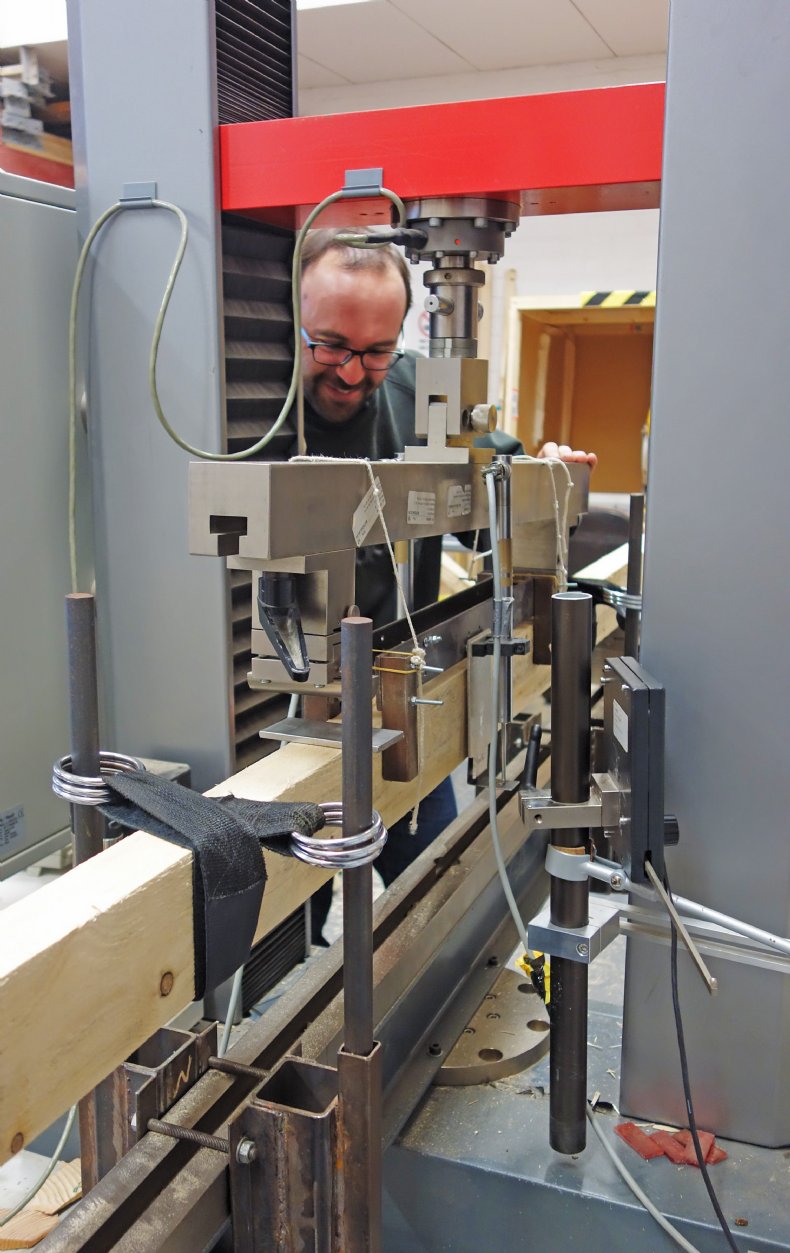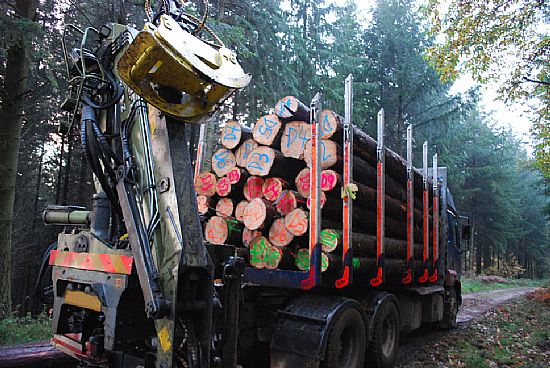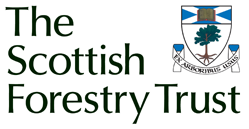Advanced Assessment of Minor G.B. Conifer species
Carried out by: Edinburgh Napier University
Summary Description:
The aim of this project is twofold. Firstly to provide a preview of how noble fir (Abies procera), western hemlock (Tsuga heterophylla), Norway spruce (Picea abies) and western red cedar (Thuja plicata) perform in Great Britain in terms of harvested crop quality for solid wood applications. Little is known of the timber properties of these domestically grown resources, but the probable increase in planting, due to concerns over pathogenic risks to our main timber commercial species warrants this investigation. Secondly, the aim is to develop methods of measuring tree architecture using state of the art terrestrial laser scanning technology and to develop improved acoustic assessment for determining wood stiffness in standing trees; methods that would be of benefit to the forest sector.

Timescale: 2012-2018
SFT Funds Awarded: £22,014
Project Outcomes:
Specifically the project will examine:
1. Performance and distortion of structural sized timber and small clear specimens of wood from British noble fir, western hemlock, Norway spruce and western red cedar - we have the opportunity to investigate the influence of knots on strength, stiffness and failure mode and also examine distortion.
2. Branching characteristics of noble fir, western hemlock, Norway spruce and western red cedar - relating to knots in end product. We aim to refine a novel way of using terrestrial laser scanners to measure branches on standing trees. From tree branching measurements, we aim to predict knot size in timber products.
3. Growth of noble fir, western hemlock, Norway spruce and western red cedar (i.e. rate and straightness) at different representative latitudes within G.B.
4. Heartwood formation with growth and dimensional stability of heartwood in these four species - heartwood may offer improved dimensional stability compared to the sapwood and it is known to generally have naturally greater durability.
5. Investigation of improved acoustic methods for measuring standing tree stiffness.

The PhD research project investigating the commercial potential of Western hemlock, noble fir, western red cedar and Norway spruce for the GB forest industry is now underway. This pertinent subject coincides with current planting strategies designed to create more resilient forests for the future. Edinburgh Napier University student David Gil began his PhD at the start of October 2013. Over the course of the project, set to end in September 2016, David will examine key properties of these species with an eye primarily on production of structural timber. In order to account for nationwide variability, replicate sites for each species are being sampled at a range of GB growing latitudes. In October and November 2013, David accompanied staff from Forest Research’s Wood and Timber Properties Program to make on site assessments and collect samples from the southern most and middle latitudes. Wood disc and log samples are being brought up to Edinburgh in preparation for lab analysis of wood properties, including structural timber performance.

SFT/FC Joint Bursary Award Scheme:. This project has received funding from the SFT/FC Joint Bursary Award.
Student David Gill-Moreno successfully completed his PhD and his final thesis is available to read here.
